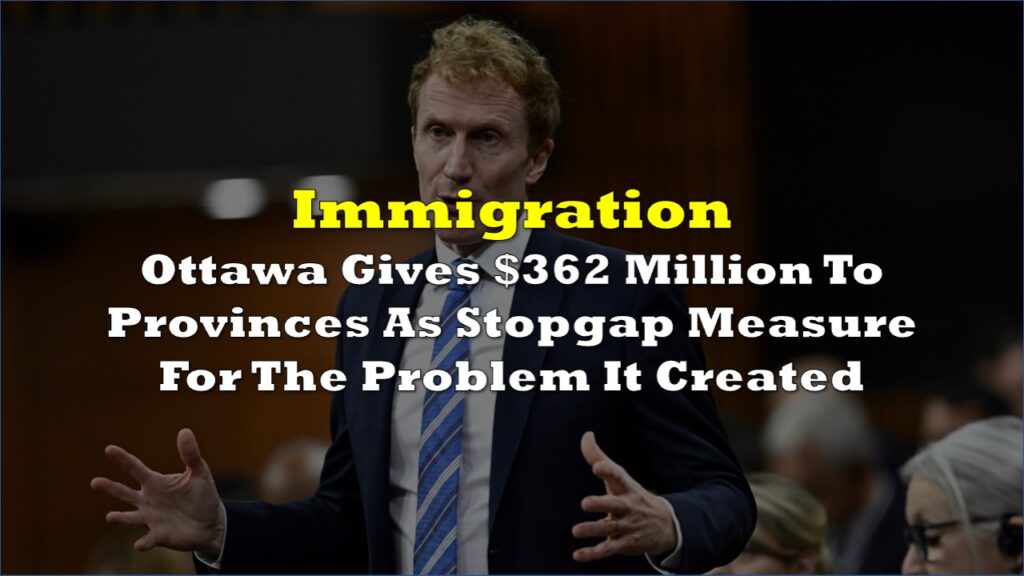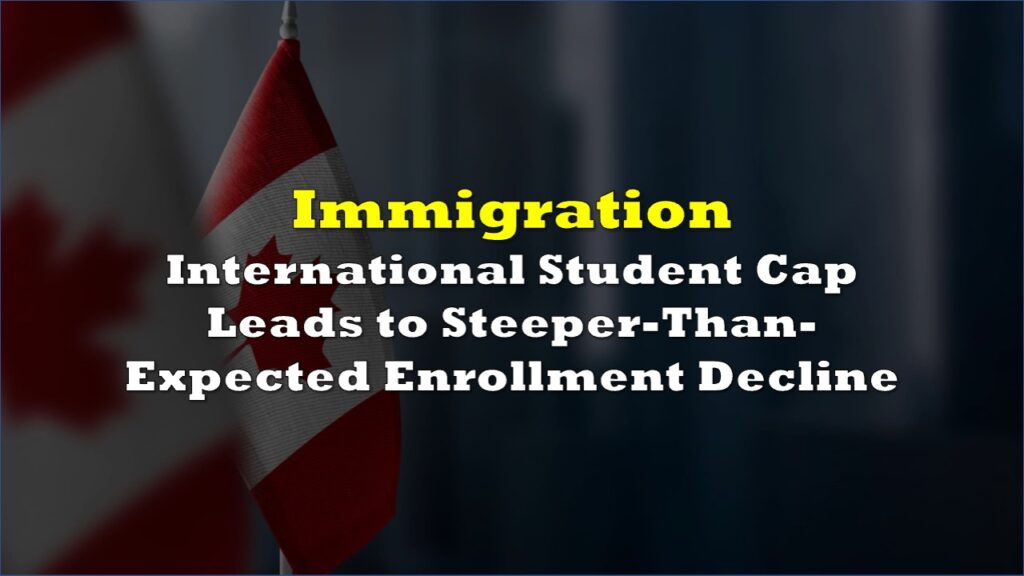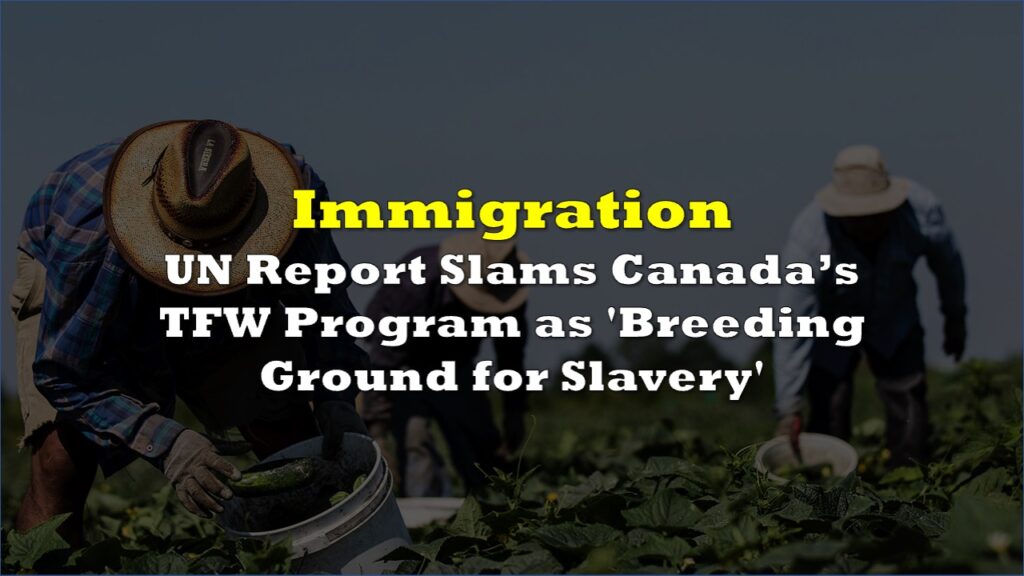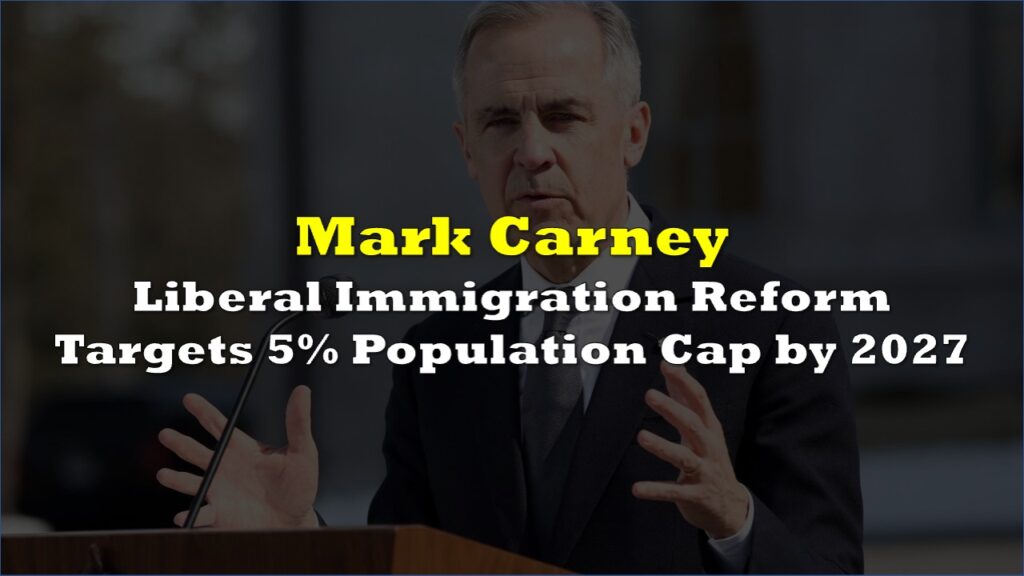The Canadian government is under increasing pressure to address the surging number of Temporary Foreign Workers entering the country, a trend that some experts argue is exacerbating unemployment rates among Canadian youth and immigrants. The federal government’s response, articulated by Housing Minister Sean Fraser, suggests imminent changes to the program—a move seen as necessary given the post-pandemic shifts in the labor market.
Speaking at a press conference in Dartmouth, Nova Scotia, ahead of a Liberal cabinet retreat in Halifax, Fraser acknowledged the need for policy adjustments.
“The landscape has changed,” Fraser said. “We don’t see that acute labour shortage that existed even two years ago. As the economic landscape changes, so too must the policy landscape.”
Canada’s TFW program was significantly expanded in the wake of the COVID-19 pandemic to address critical labor shortages, particularly in low-wage sectors like food services, agriculture, and construction. At the time, the federal government relaxed regulations to allow more foreign workers into the country. The rationale was straightforward: businesses were desperate for workers, and Canadians were either unable or unwilling to fill those roles.
However, the situation has changed dramatically. Federal data now shows that unemployment rates among certain demographics—especially youth and immigrants—are climbing to troubling levels. According to the Bank of Canada’s July monetary report, the unemployment rate among immigrants is 11.6%, nearly double the national average of 6.4%.
For young Canadians aged 15 to 24, the unemployment rate has reached 13.5%, the highest it has been in a decade.
Experts and policymakers are increasingly concerned that the influx of low-wage TFWs is crowding out job opportunities for young Canadians and recent immigrants. Mike Moffatt, senior director of policy at the Smart Prosperity Institute, noted that this summer has been particularly tough for teenagers seeking employment.
“Outside of 2020, when we were in lockdown, 2024 has been the worst year on record for teenagers to get a summer job, whether as a cashier at a convenience store or selling ice cream,” Moffatt said.
The Bank of Canada’s report echoed these concerns, noting that the “softening of the labour market has made it even harder for newcomers to find a job and be attached to the labour force.”
The TFW program has long been a subject of debate in Canada. Initially designed to help businesses fill temporary labor shortages, it has increasingly been criticized for contributing to worker exploitation and undermining local job markets. A recent United Nations report even described the program as a “breeding ground for modern slavery,” highlighting the precarious conditions under which many foreign workers are employed.
Since 2021, the number of non-permanent residents in Canada—including TFWs, international students, and asylum seekers—has more than doubled, rising from about 1.3 million to nearly 2.8 million in just three years. Of this group, 1.3 million hold work permits, with a significant portion classified under the low-wage TFW stream.
Federal data shows that the number of low-wage TFWs has ballooned from 15,817 in 2016 to 83,654 in 2023.
Fraser has hinted at forthcoming changes to the TFW program but has yet to provide specific details. He emphasized the need to balance the interests of Canadian workers with those of businesses that rely on foreign labor.
“We’ve seen such a significant increase despite the fact we no longer have the labour shortage in existence to the degree it was two summers ago. That demands we take a different approach,” Fraser said.
One potential change could involve reintroducing stricter limits on the number of low-wage TFWs that businesses can hire, particularly in regions with high unemployment rates. In March of this year, the government reduced the proportion of low-wage TFWs a company could employ from 30% to 20%, a move aimed at curbing the program’s growth.
Employers are using the TFW program for occupations that they barely considered a few years ago.
— Matt Lundy (@mattlundy33) August 22, 2024
Case in point: administrative assistants.
Companies were approved to hire > 3,500 of these positions last year, an increase of 3,090% from 2016. pic.twitter.com/CKLUny9jY8
However, critics like Moffatt argue that more drastic measures are needed, including the possible elimination of the low-wage TFW stream altogether.
Fraser acknowledged that the influx of non-permanent residents, including TFWs, is straining an already tight housing market. “The country will admit an expected 485,000 immigrants in 2024,” he said, but conceded that the additional pressure from non-permanent residents is complicating efforts to manage housing supply.
“You should expect to see in the future additional changes that will ensure that the programs we put in place to help grow the Canadian labour force first and foremost create opportunities for Canadian workers,” Fraser added.
Information for this briefing was found via CBC and the sources mentioned. The author has no securities or affiliations related to this organization. Not a recommendation to buy or sell. Always do additional research and consult a professional before purchasing a security. The author holds no licenses.









